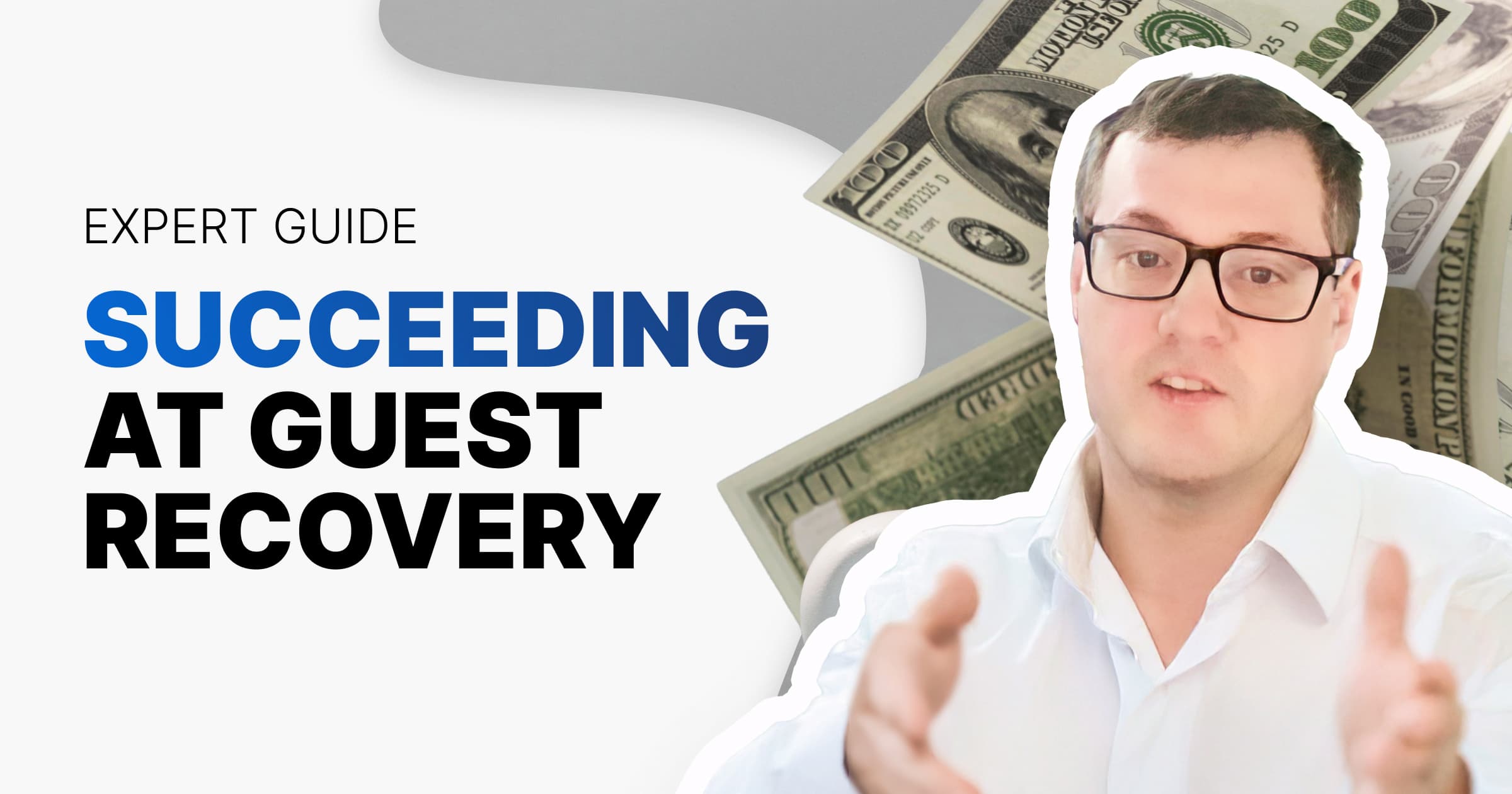Insights & Updates
Latest from Tattle
Discover trends, tips, and insights to elevate your restaurant operations.
Discover trends, tips, and insights to elevate your restaurant operations.


A lost guest isn’t just one missed sale—it’s a long-term revenue hit. Beyond the immediate lost transaction, the negative word-of-mouth from one unhappy customer can prevent multiple potential first-time visitors from ever walking through your door.
The good news? Guest recovery doesn’t have to drain your budget—it just has to be strategic. With the right approach, you can bring back dissatisfied customers at the lowest possible cost while protecting your bottom line.
At Tattle, we consistently help brands recover 1 in 3 unhappy customers using our suite of guest recovery tools. This guide shares actionable insights from real restaurant data that you can apply immediately—whether you’re using Tattle or not—to ensure you’re offering the most effective recovery rewards at the optimal cost.
To illustrate what effective guest recovery looks like, we’ve analyzed data from a 500-location Tattle partner (renamed “Maverick Burger Co” for confidentiality).
Tattle helped them recover 26% of unhappy customers, totaling $27,614 in gross sales across 1,281 guest win-backs. The data also projects potential growth to $119,850 in recovered revenue if they can improve their recovery rate to 40%.
Avg Transaction Cost: $21.56
1,281 Recovered Guests
40% Recovery Rate
5,560 Projected Recovered Guests
Key Insight: With the current 26% recovery rate generating $27,614 in revenue, scaling recovery efforts to reach 40% would deliver an additional $92,236 in recovered revenue.
The brand specifically wanted to understand which recovery rewards were most effective at bringing guests back. Through Tattle’s integration with their POS system, we tracked five different types of rewards and measured their success rates.
Not all recovery rewards perform equally. Our analysis revealed surprising insights about which incentives delivered the best return on investment.
| Reward Type | Recovery Rate | Unrecovered | Approx. Cost | ROI Rating |
|---|---|---|---|---|
| Free Frozen Custard | 33% | 67% | $5 | ★★★★★ |
| $20 Off Order | 35% | 65% | $20 | ★★★ |
| Combo | 27% | 73% | $25-30 | ★★ |
| $10 Off Order | 26% | 74% | $10 | ★★★ |
| Free Mini Custard | 20% | 80% | $3 | ★ |
Best Value: Free Frozen Custard (33% recovery at only $5 cost) outperformed a $10 discount (26%), proving that perceived value often matters more than cash discounts.
Least Effective: Free Mini Custard (20% recovery) performed worst despite being the cheapest. Guests viewed it as "too small a gesture" and felt undervalued.
Let's examine what the data tells us about each reward type:
Our analysis revealed several counterintuitive findings about guest recovery:
Based on this data, here’s how to optimize your guest recovery efforts:
Instead of immediately offering cash discounts, try low-cost menu items with high perceived value. Our data shows guests are often more excited by free food than cash savings.
Pro tip: Identify items that are inexpensive to produce but highly desirable (like desserts, specialty drinks, or sides) and test them as recovery rewards before resorting to monetary discounts.
The free mini custard ($3) performed worst because guests felt they were receiving a consolation prize rather than a meaningful apology. When your recovery reward feels insufficient, it can actually damage guest perception further.
Ambiguous reward descriptions create confusion and reduce redemption rates. Use specific, straightforward language that clearly communicates exactly what the guest will receive.
For loyal customers or those with high average tickets, larger discounts may be justified. Investing $20 to retain a regular who spends thousands annually is sound business—but use these premium rewards selectively.
Ready to optimize your guest recovery strategy? Start with these steps:

Not sure if your recipe change needs testing? Use this quick guide:
Effective guest recovery isn’t about offering the biggest discount—it’s about using the right incentive at the right cost to maximize return rates. By being strategic with your recovery methods, you can win back more customers while keeping costs under control.
The most successful brands understand that guest recovery is an investment, not an expense. With the insights from this article, you can ensure that investment delivers the highest possible returns for your business.
Want to optimize your guest recovery strategy? Let's chat about how Tattle can help – book a meeting!

About the Author
Intelligence & Analytics Expert
Alex formerly led Customer Excellence programs at Blaze Pizza and Dunkin'. Now, he oversees LTO testing, operational analysis, and ROI optimization for Tattle partners.